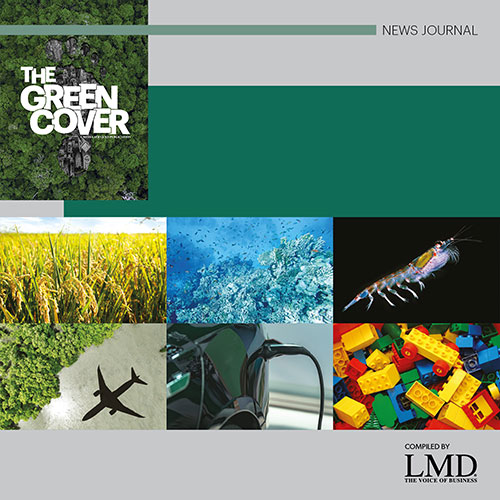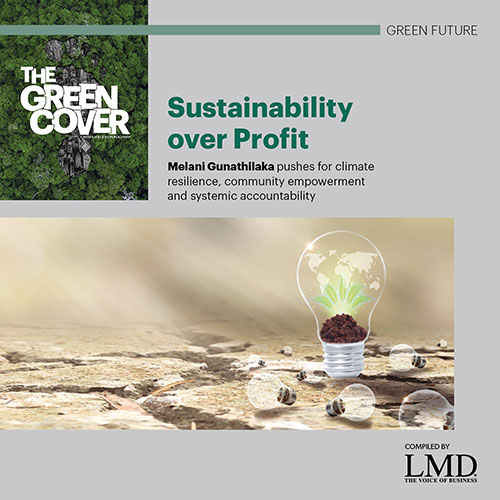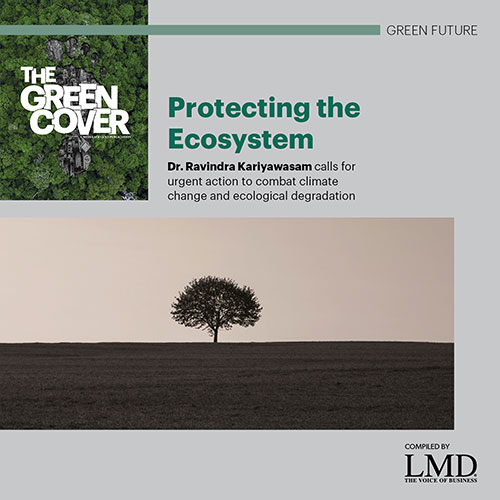CONSERVATION AMIDST CHAOS
Dr. Eric Wikramanayake highlights the threats facing wildlife and urges innovative conservation approaches
Q: What are the threats climate change poses to wildlife in Sri Lanka?
A: Climate models and science indicate we’ll experience extreme weather events: torrential rainfall and floods, alternating with long droughts and intense heat indices. Essential resources such as water and food will not be available for wildlife predictably.
This applies to people too because we need sustainable water to live and sustain livelihoods especially for agriculture but also industry.
As essentials become unstable and unpredictable, wildlife and people will move across landscapes looking for them, intruding into each other’s habitats, increasing human-wildlife conflict – with fatal consequences to both.
People will lose livelihoods, protest and disrupt governance. Politicians side with people, and wildlife loses. There will be a vortex of climate change driven loss of habitat and essential resources, human-wildlife conflict and policy decisions causing extirpation and even extinction of wildlife species.

Scientific Advisor – Seneca Impact Advisors
Board Director – Environmental Foundation (EFL)
Q: How are community-based conservation initiatives mitigating these impacts?
A: Many of Sri Lanka’s critically endangered species are in forest reserves and also some home gardens in the Wet Zone. These are the small, cryptic species such as frogs, lizards, butterflies, fishes, freshwater crabs and so on.
Not species most people see often, know about or pay much attention to, these are Sri Lanka’s most important biodiversity for conservation; because if these critically endangered species are lost, they are gone forever. And these are the species most threatened by climate change because they’re very sensitive to environmental changes.
The Forest Department Sri Lanka is tasked with protecting and managing forest reserves but doesn’t have enough capacity. We need to get communities engaged as partners to manage and protect these forests through innovative, sustainable, income generating strategies that will motivate and provide incentives for communities to become conservation stewards.
Q: How can the business community contribute to wildlife conservation?
A: The business community should recognise wildlife and biodiversity conservation are not only about protecting elephants and leopards so people can admire them in parks.
There should be a ‘planetary stewardship consciousness’ based on ethical obligations that’s also about protecting the sustainability of commercial enterprises.
Corporates need sustained and sustainable ecosystem services such as water, clean air, healthy environments and infrastructure safe from climate disasters, to maintain operations and supply chains.
“We need to get communities engaged as partners to manage and protect these forests through innovative, sustainable, income generating strategies”
So they must now invest in building climate resilient ecosystems – including contributing to conservation, protection and strategic restoration of degraded areas.
They must work with conservation organisations. Failure to do this will cause economic losses as we have seen in Sri Lanka and elsewhere in the past.
We are now at a crossroads where the business community has to step in and contribute if they want this country to prosper and grow – or watch it go down along the path of destruction.







